Have you ever received a word file or PDF that someone claims to have attached with a comment, but when you double clicked on it, your anti-virus software reported that there was something suspicious on the attachment? Viruses come in all shapes and sizes, malicious software, worms and trojan horses. They seek out vulnerable systems and then lay in wait for their chance to strike. Corruption of files, deletion of data and sometimes even total system shutdown are all side effects of infection by this type of malicious code. This article will discuss the symptoms of virus infection, as well as provide a step by step guide on how to check an attachment for viruses.
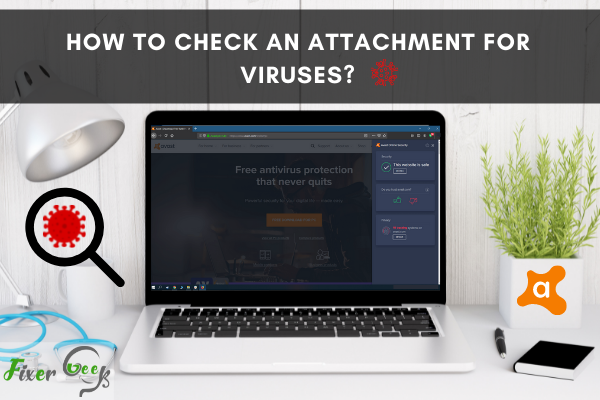
Email attachments containing viruses have been existing for many years. A lot of PC users are still using desktop email applications rather than browser-based services like Gmail. It exposes the operating system whenever a user accesses an email and downloads the attachments instead of simply viewing it online. Therefore, all desktop email application users must have antivirus software with email scanning on the PC.
Checking an Attachment for Viruses
- First, go to your email inbox. Locate the email that has the attachment you wish to access. Select the attachment option. If you check the mail in Microsoft email client, then open the context menu from the top of the mail.
- In the web browser, such as Mozilla, the email attachment will be at the lower part of the reading panel and the “Save” option in the lower right part of the window.
- If you have any antivirus application on your PC, it will have access to the email in the context menu. If you don’t have any third-party application, you may apply the “Scan with Microsoft Security Essentials” option. The built-in scanner of the Windows operating system will scan every file that is in the email.
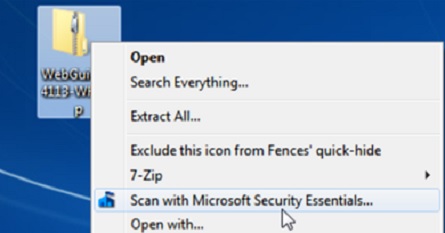
- If you check the email in a web browser, you must first download the attachment file and manually check it with the antivirus application. You may also apply an add-on in the browser to check the security. For example, “Avast Online Security” for Microsoft Edge browser.
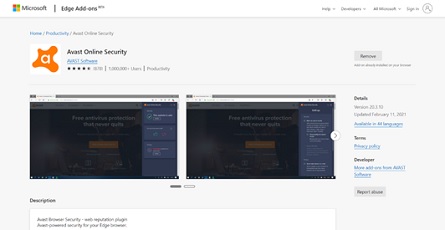
- After completing the antivirus checking, you will get a notification saying that the attachment file is safe or harmful. If the file is infected, then the antivirus will erase it from the PC. Some applications also try to erase the virus without harming the file, but the success percentage is low.
- Although the built-in scanner of Windows can determine many harmful viruses, it is better to have a third-party antivirus application on your PC, which can detect the viruses more conveniently and features an updated database. Some of the most effective antivirus applications are Norton, Comodo, AVG Antivirus, etc.
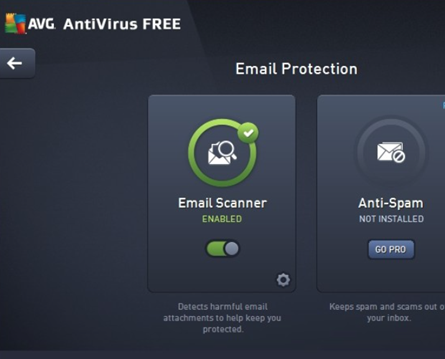
Checking if an Attachment is Safe to Open
- You can also check whether the attachment is safe or not before checking with an antivirus, such as the file extensions, file sender, etc.
- First, thoroughly check the email address of the sender. Typically, the email address shows a “Display name” of the sender and then the “Email address” beside it. In some cases, the display name is present but not the email address. To trick the user, hackers give a standard email address in there. So, always see the complete sender information before opening the mail.
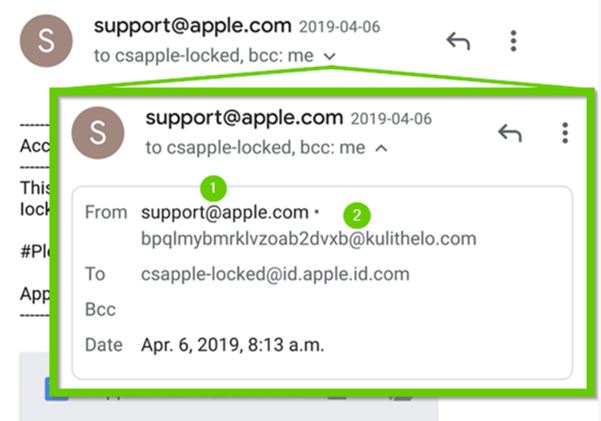
- Never open weird or suspicious email attachments, even if the sender is authentic. Hackers forge the email sender address to trap the receiver. Also, if the attachment file is some links to click, do not open them.
- See the file types of the attachment. Some of the file types contain a malicious virus. Always be careful before opening any “.docx, .pptxx, .pdf” file and any “.rar, .zip” file. Never open the extension given in the below picture:

- Also, some files have double extensions. So, see the “Properties” of that file to check if the extension is fake or not.
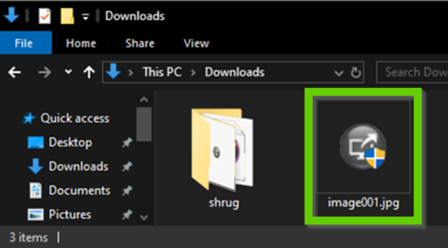
Summary: Check an Attachment for Viruses
- Open your email program.
- Double-click the message you have received.
- Right-click the attachment.
- Click “Save As”.
- Save it on to your desktop or somewhere else easy to find.
- Open McAfee and choose "Scan a File".
- Choose the file and let it run through the scan.
- Once complete, if there was a virus in the attachment, delete it immediately and empty your Recycle Bin. If no virus is detected, restore it to your computer.